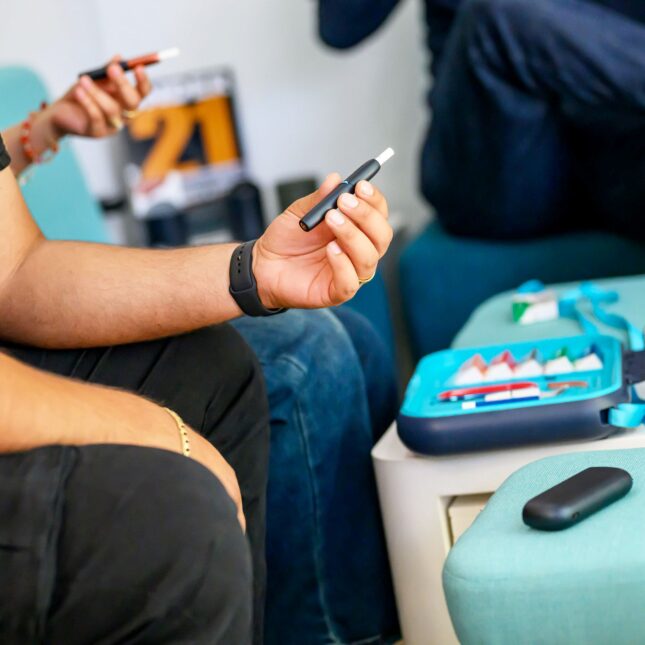
Librarians and physicists at the University of St Andrews in the UK have created a mobile device capable of swiftly and affordably detecting toxic pigments in book bindings from the Victorian era. This groundbreaking tool is intended to spot the vivid green pigment called emerald green, which might contain arsenic. Frequent interaction with these contaminated volumes can result in health concerns, including irritation of the eyes, nose, and throat, along with more serious health problems over time.
The initiative, led by Pilar Gil, was born from the necessity to detect emerald green bindings within the university’s collection using existing analytical methods. The significant advancement was achieved through the identification of the distinct reflectance pattern associated with the emerald green pigment. Contributing to this project was Graham Bruce, a senior research laboratory manager at St Andrews, who had previously utilized spectroscopy to identify counterfeit whiskey. In this instance, the focus was on copper acetoarsenite, a compound commonly used in the 19th century for book bindings, recognized for its friable properties that can release arsenic into the environment.
Bruce clarified that the creation of a compact tool over the past year allows for the assessment of essential components of the spectrum required to recognize this compound. Not all green volumes from that era possess this compound, so the tool merges data from both the visible and infrared spectrums to verify the pigment’s presence. Advantages of this device include its rapidity, user-friendliness, and non-invasive characteristics. A straightforward notification via a green or red light indicates whether the pigment is present without harming the book material.
Worries regarding pigment contamination have prompted libraries worldwide to limit access to certain books while awaiting costly and prolonged testing procedures. Consequently, institutions such as the French National Library and universities in Germany and the US have segregated books containing potentially harmful pigments. Simultaneously, chemists in the US have investigated portable x-ray fluorescence as a standardized method for testing the toxicity of books. This innovation at St Andrews provides a more effective answer to the issue, potentially paving the way for safer practices in book preservation.